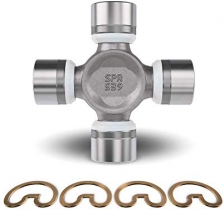-
Welcome to Tacoma World!
You are currently viewing as a guest! To get full-access, you need to register for a FREE account.
As a registered member, you’ll be able to:- Participate in all Tacoma discussion topics
- Communicate privately with other Tacoma owners from around the world
- Post your own photos in our Members Gallery
- Access all special features of the site
Octane Rating Explained By An Engineer
Discussion in 'Technical Chat' started by Hunter.V.White, Sep 25, 2012.


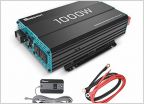 Using 1000w inverter to charge portable power station...
Using 1000w inverter to charge portable power station...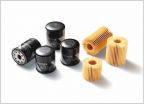 Oil filter application question
Oil filter application question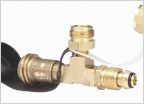 Propane split?
Propane split?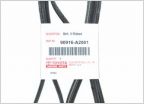 Serpentine belt part number?
Serpentine belt part number? Need sliders but not for that reason..
Need sliders but not for that reason..


























